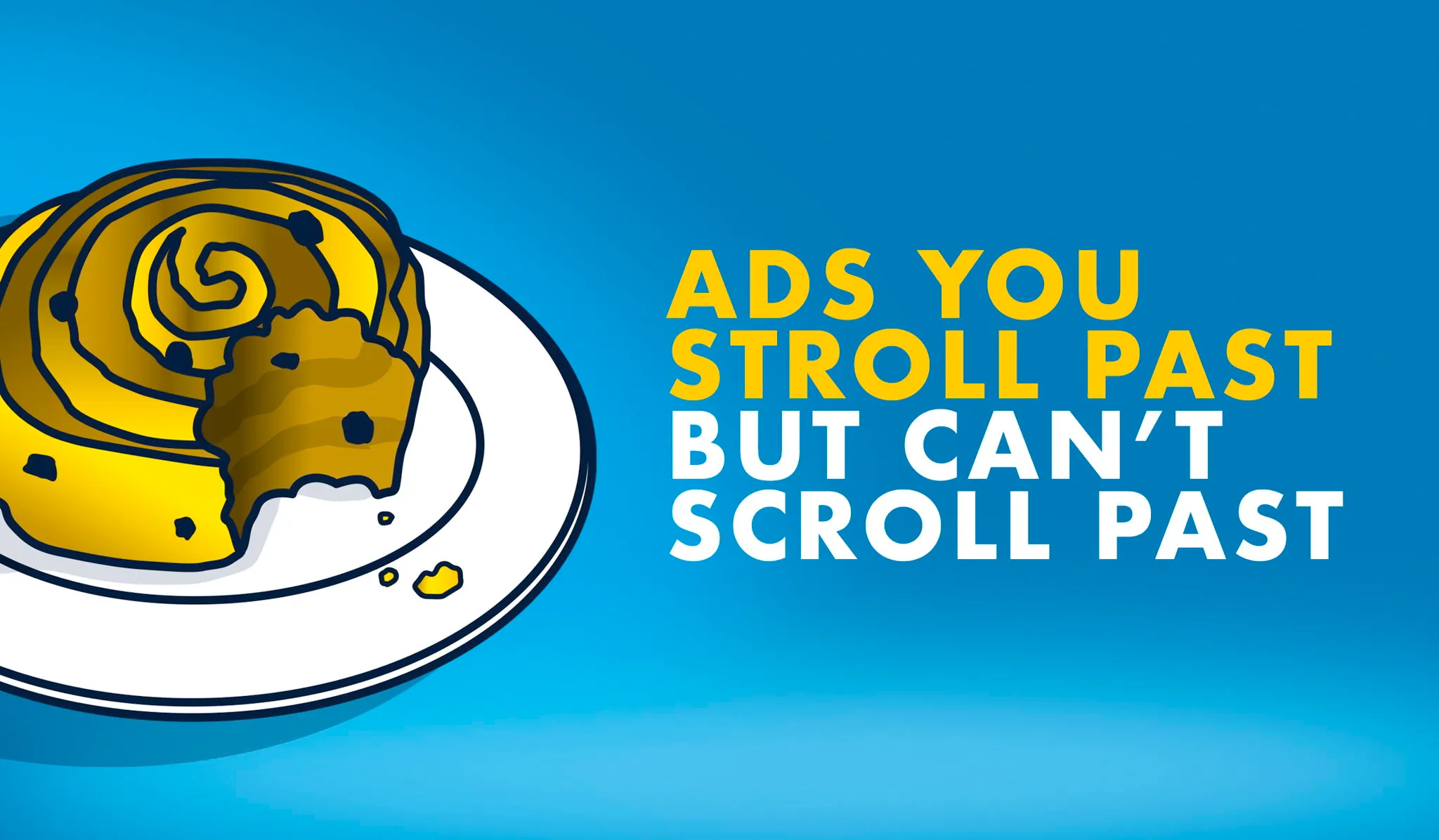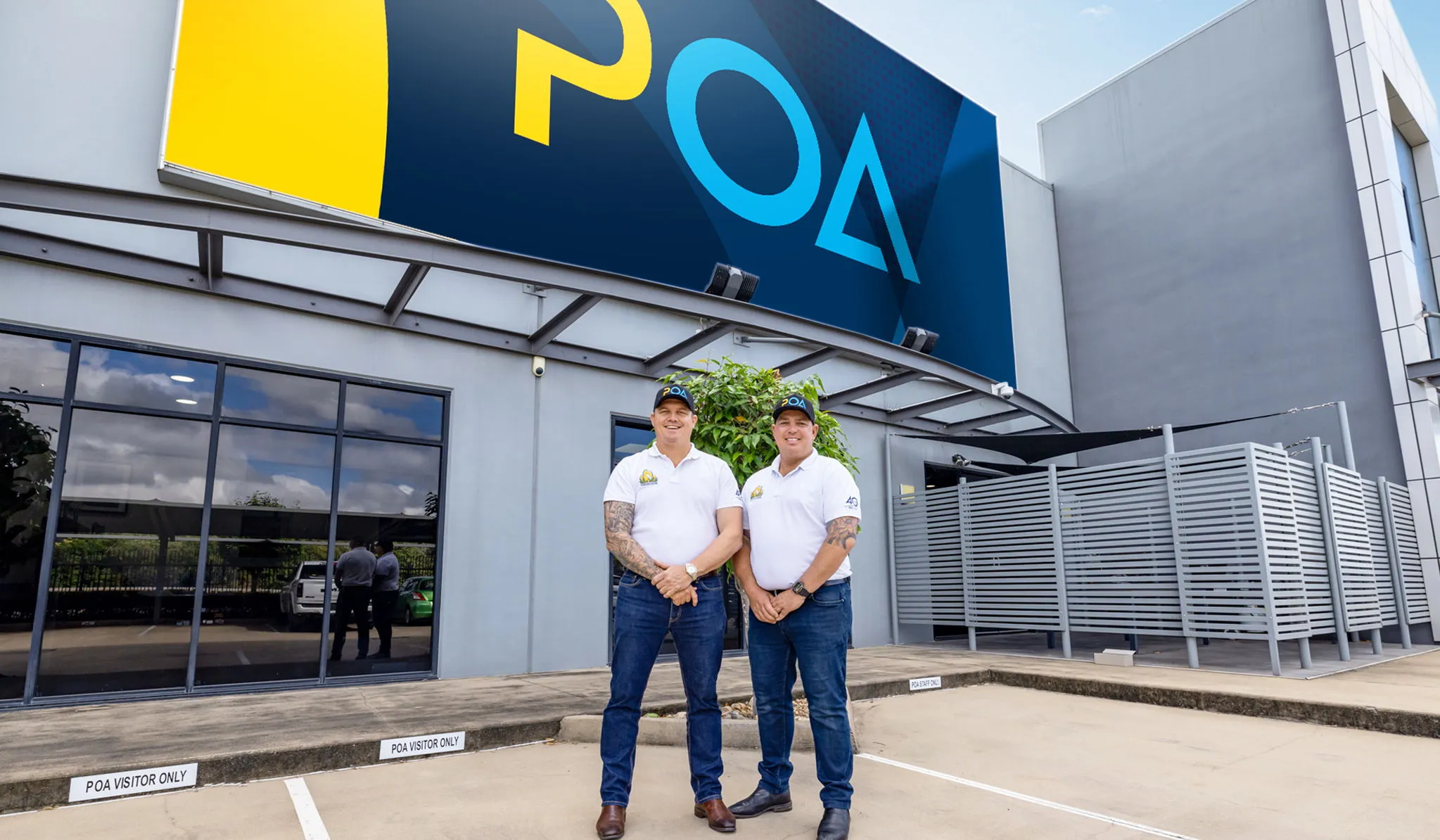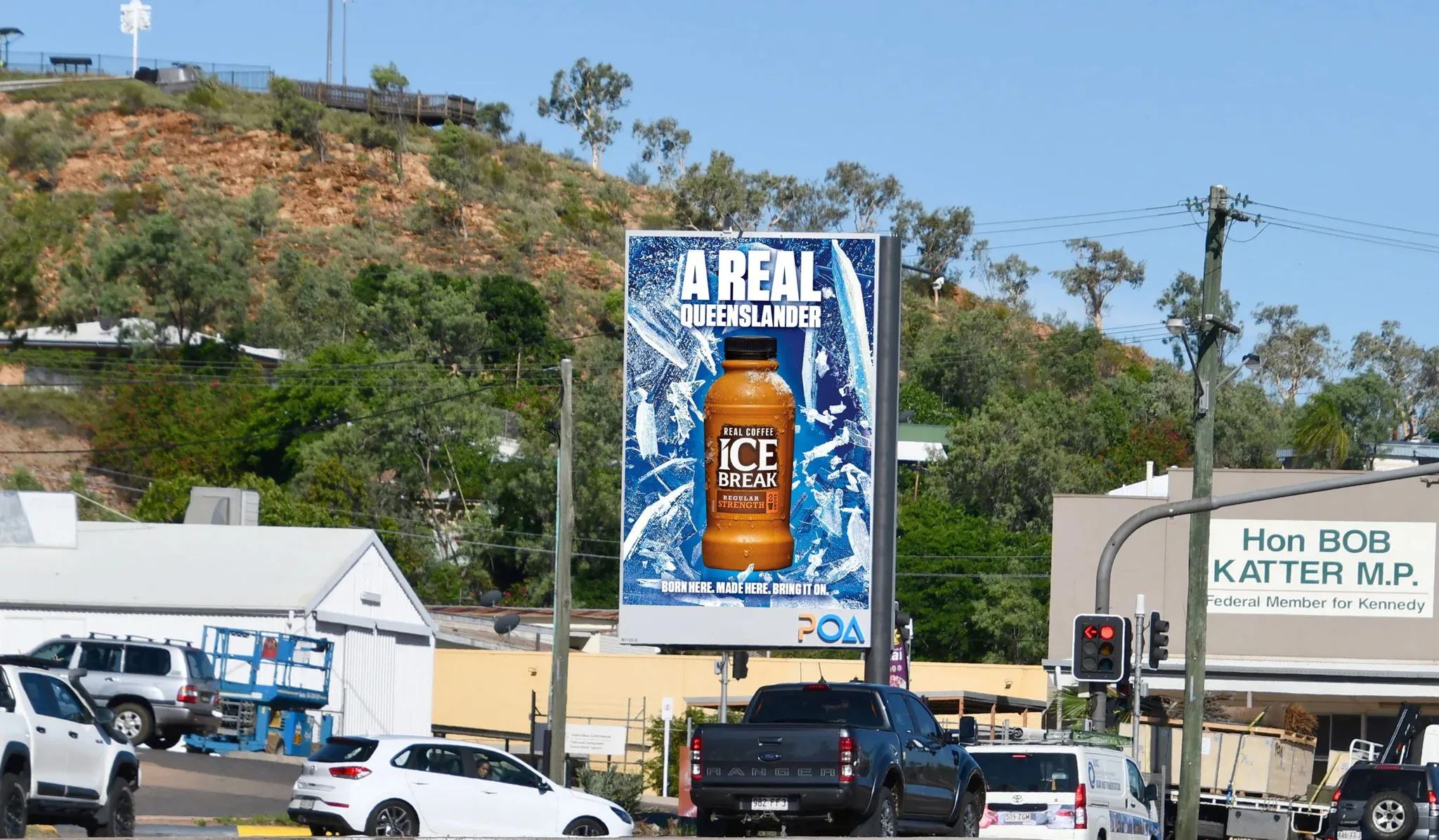Billboards remain one of the most prominent forms of out-of-home advertising - the Outdoor Media Association reports that outdoor advertising like billboards reaches 97% of Australians each week.
With so much of our marketing occurring online, billboards remain one of the most effective traditional advertising methods. Billboard advertising is best used to reach a large audience in targeted locations over a long period of time. Whether for a local business or for a large, national corporation; here’s what you need to know about how billboard advertising works in terms of process, timelines, and costs involved.
The Billboard Advertising Process
Step 1. Campaign Planning
If you’re considering billboard advertising for the first time, it’s important to plan the campaign before booking, and to consider the marketing efforts holistically. Billboard advertising is most effective when used in conjunction with other marketing channels like digital advertising. A study by the Outdoor Media Association (OMA) found that campaigns that combine Out-of-Home (OOH) advertising (including billboards) with digital can achieve a 40% increase in conversions compared to standalone campaigns.
The team at POA can provide advice for integrating billboard advertising into a campaign. This step occurs during our initial consultation, where we discuss the desired outcome - whether it’s to raise brand awareness or drive traffic, sales and leads to the business.
Step 2. Setting a Budget
The budget for your campaign will be influenced by the type of billboard, location, the booking period, and production costs. When it comes to the type of billboard (static vs digital), static will be more affordable - although the actual cost for each will depend on a whole host of specifics, the difference is around $300 - $400 cheaper per site per four-week period.
Keep in mind that the cost of designing the creative is a separate item and needs to be factored into the overall budget.
It’s also worth noting that billboard advertising is most cost-effective over a long-term period.
Step 3. Billboard Booking
Booking a billboard involves deciding between static and digital options, how long to book for, how often, and where.
Static billboards offer continuous visibility. As the traditional option, they require physical production and installation, which can add to lead time. Static billboards are typically booked for at least 4 weeks - most businesses book long-term campaigns of 12 months or longer for a more effective and ROI-positive campaign.
Digital billboards provide flexibility. Digital billboard visuals can be changed multiple times throughout the campaign, and have a much shorter set-up time. Digital billboard ads are played in a loop, with each ad being displayed for about 6 – 25 seconds (depending on location). This flexibility makes digital billboards ideal for time-sensitive promotions or new product releases.
Step 4. Key Visual Production
The creative visual is what makes or breaks a billboard campaign. With limited viewing time, the message must be simple, bold and instantly understandable. You can do the design in-house or have our team complete it in-house. POA has a team of designers and copywriters who have created award-winning, high-impact billboard creatives.
If the creative is already designed, we recommend testing it using our on line art simulator tool to ensure it fits the size and aspect ratio of the billboard. This ensures that the billboard skin meets the display specifications to avoid distortion or illegibility.
Step 5. Billboard Skin Production
Once the booking and creatives are finalised, production for the vinyl skin of the static billboard begins. Production will take up to 6 weeks for artwork developed by POA - this accounts for the designing, proofing, and printing process. If the artwork has already been prepared beforehand, production will take approximately 3 weeks for printing and finishing.
Additional design features like extensions (3D elements that go beyond the frame) and reflective skins (for higher visibility at night) will add to the production timeline. POA’s billboard standard skins have a 3-year warranty against fading or paint chipping to ensure long term visibility.
Digital billboards require no physical production - the high-resolution digital file is required for upload to the scheduling system. There is a one-week lead time from the final file submission to the start of scheduling.
Step 6. Billboard Installation
For static billboards, installation involves removing the old skin and mounting the new one. For complex or large format sites, installation may take several hours. For digital campaigns, this step is the final upload to the digital management system.
We use Broadsign, our scheduling program, to upload and provide proof of play/performance reports once a campaign has started.
Step 7. Reporting and Maintenance
Once the billboard advertisement is live, we monitor and measure its effectiveness to provide businesses with a clear understanding of its impact.
MOVE 2.0 (Measurement of Outdoor Visibility and Exposure) is set to be the industry standard for measuring the performance and effectiveness of billboard advertising. Developed by the Outdoor Media Association, MOVE 2.0 can provide businesses with data on audience behaviour and movement. POA will use MOVE 2.0 once released by the OMA, to provide accurate reporting data for businesses.
The billboard will also be regularly maintained to ensure that it remains clearly visible. We carry out inspections for each billboard at least twice a year, clean off any dirt and mildew from the surface, and mow grass and vegetation around the sign structures.
From this point on, we will continue providing reports on the billboard advertising campaign. Businesses may choose to extend the campaign or replace creatives or skins during the booked period to achieve the best results.
With proper planning, billboard advertising in Australia can deliver effective results and reach a wide audience - book your campaign with POA today, or get in touch with us to learn more about our billboard locations and costs.





